The International Passive House Association (iPHA) was founded in 2010 to support the growing global Passive House community, disseminate information on the Passive House Standard, and foster a greater public understanding of its significance. iPHA partners with independent Passive House organisations, called ‘affiliates’, all over the world. Over the years, iPHA has seen the number of affiliates and members grow to a massive number of 5000 members and 22 affiliates. This series of interviews highlights iPHA affiliates and their local activities and developments.
The IG Passivhaus Deutschland (Information Community (IG) Passive House Germany) was the first initiative of its kind, launched by the Passive House Institute in September 2003. The need to establish such an organisation rose from the willingness to spread the knowledge about the Passive House Standard outside of the scientific community, making it available to everyone in a good and understandable way. Since then, IG Passivhaus has become an interdisciplinary competence network among members with various backgrounds – Architects, planners, developers, building product suppliers, scientists, builders, and stakeholders – a place where the Passive House Standard can be promoted through the exchange and transfer of knowledge.
In the first years after its foundation, IG Passivhaus grew rapidly and with international inquiries becoming more and more frequent the Passive House Institute decided to establish the International Passive House Association (iPHA) in May 2010. Since then, IG Passivhaus Deutschland has been part of this large international “network” as an iPHA affiliate and continues to focus on spreading the word about Passive House in Germany. The Passive House Institute has been and is a guarantor of the professional competence and independence of IG Passivhaus Deutschland.
Spreading knowledge – A brochure for all

“Active for more comfort – The Passive House” – the first brochure published by IG Passivhaus was published in the spring of 2004. Its aim was to make the concepts of the Passive House Standard available to everyone involved in construction in a simple, well-illustrated way. Since the first edition, multiple versions have been created and translated into more than 7 languages with the help of iPHA, printing in total over 150,000 brochures!
Attracting attention
Over the years, IG Passivhaus has launched several events, such as the first nationwide Passive House Open Days, which took place in 2004. The event gave a great opportunity for those interested to experience the benefits of Passive House for themselves and given its popularity only after a few editions, it grew into the International Open House Days. Across the continents, Passive House residents now open their doors to inspire visitors about highly energy-efficient buildings and renovation. Back then, A1 posters like the one shown here were used to advertise the event:

Today, with the Passive House database as well as numerous publications, social media channels, and press coverage, there are multiple ways to draw attention to this unique event.
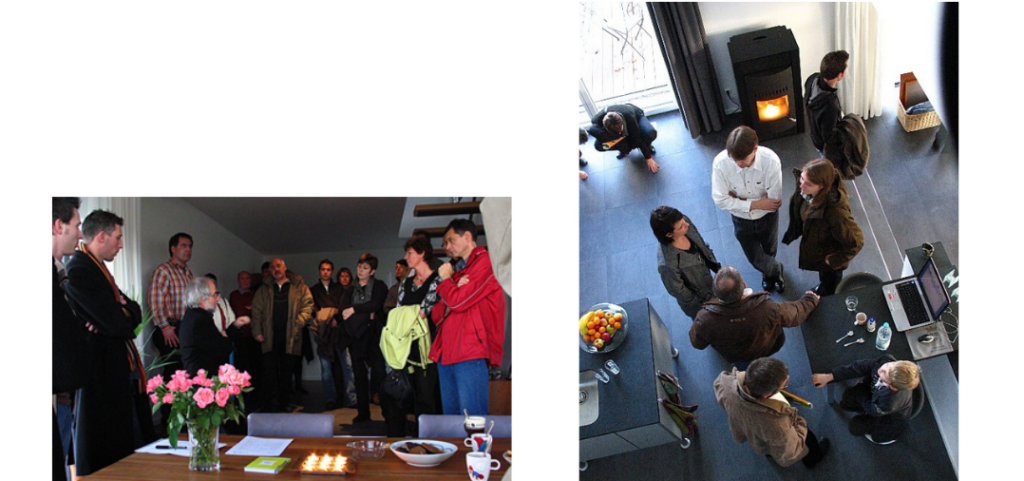
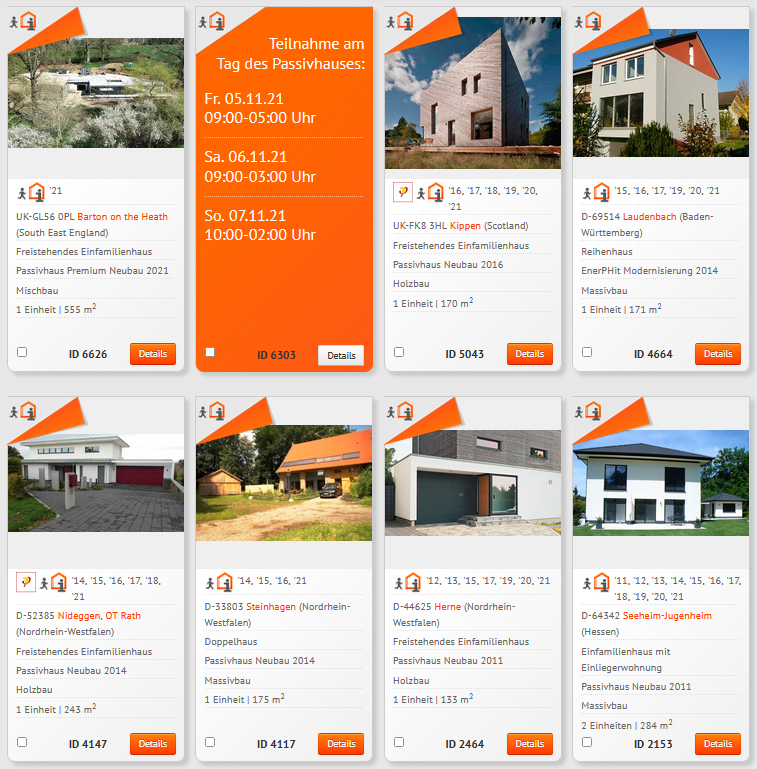
See and be seen
The desire to present the many realized Passive House projects with relevant information marked the beginning of the Passive House database. It now contains almost 5200 buildings with many details, photos, some videos, and building documentation on passive houses, EnerPHit renovations, and low-energy buildings built around the world.
Passive House for the smallest
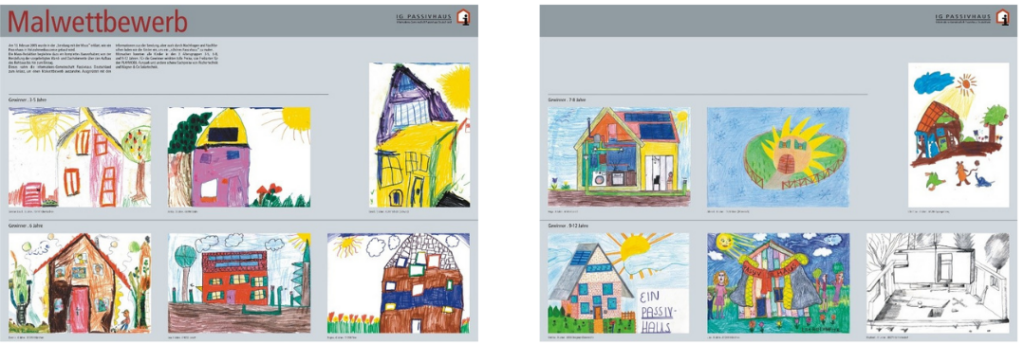
In order to sensitize already the youngest ones to the topic of energy efficiency, IG Passivhaus was invited to a painting competition. The children’s show “Sendung mit der Maus”, which is very popular in Germany – for children and adults alike – explained in an episode how a Passive House is built using timber frame construction. IG Passivhaus took this as an opportunity to hold a drawing competition on the Passive House. On the left, you can see the results.
Passive House and Architecture
In cooperation with the Passive House Institute and iPHA, IG Passivhaus has now held three international architectural competitions. Sustainable documentation of the award-winning projects has been produced. The book for the Passive House Award 2021 is currently being completed. The award-winning projects are a perfect example of how the extremely energy-efficient Passive House standard is implemented in an architecturally high-quality and versatile way, internationally and in different climate zones.
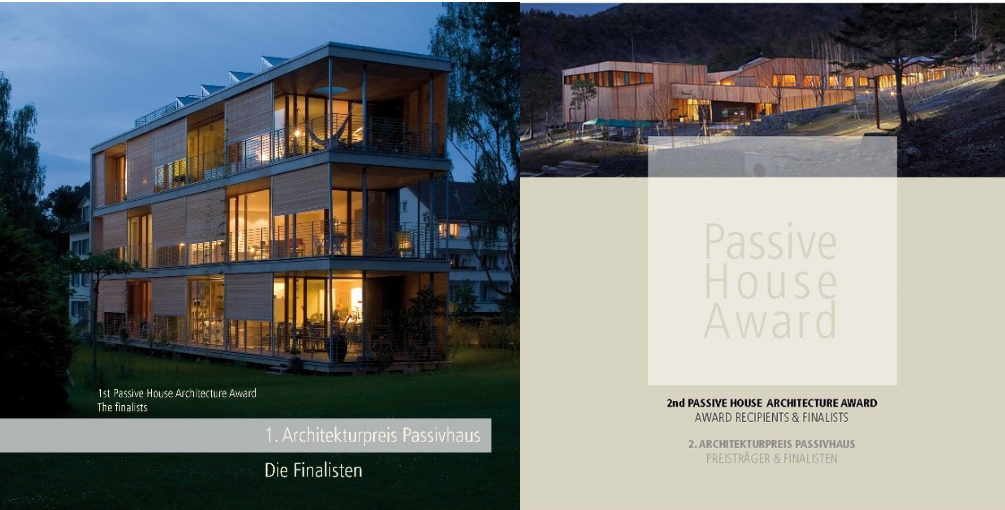
Personal exchange and support – the woman behind the scenes
A constant in the IG Passivhaus is Sabine Stillfried. Since the founding of IG Passivhaus, she has been the contact person and first point of contact for the questions and concerns of members and interested parties. She is always supported by the staff of the Passive House Institute.

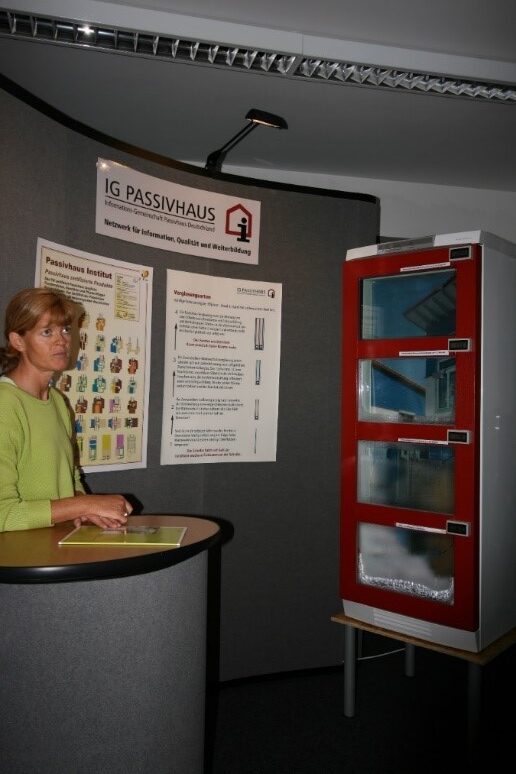
Now many things online – greater reach
The Passive House Evenings – a free offer for German-speaking IG members – provide information on current topics related to energy-efficient construction and renovation. This successful series will continue in 2022.
“Passive house for all” – the great common goal
“Passive House for all”, is the major goal we are pursuing together from Darmstadt.
Political and social Germany is currently very attentive regarding climate protection. In 2020, the new building energy law GEG was introduced. Unfortunately, the GEG does not bring any significant change toward more energy-efficient buildings and renovation. This fact has been commented on by Passive House Institute and IG Passivhaus together with other signatories in a joint statement. The position paper “Building blocks for sustainable and climate-friendly construction” sets out the demands in concrete terms.
Climate protection on everyone’s lips – an opportunity for Passive House
The ruling of the Federal Constitutional Court on the German Climate Protection Act in spring 2021 also makes climate protection a central topic on the agenda for the German government. The judges in Karlsruhe had ruled that parts of the German Climate Protection Act were unconstitutional. This is also an opportunity to point to the Passive House as a contribution to climate protection in the building sector.
There are many successful examples of the implementation of the Passive House Standard in entire regions (Bahnstadt Heidelberg) and housing estates (Lohfelden / Nidderau). Many more must follow. The IG Passivhaus and the Passive House Institute are ready to support this task.
Are you enjoying this iPHA meet the affiliates series? If you are, check out the previous interviews on our blog.






 Carl supports our international communication activities and is the point of contact for administrative enquiries.
Carl supports our international communication activities and is the point of contact for administrative enquiries.